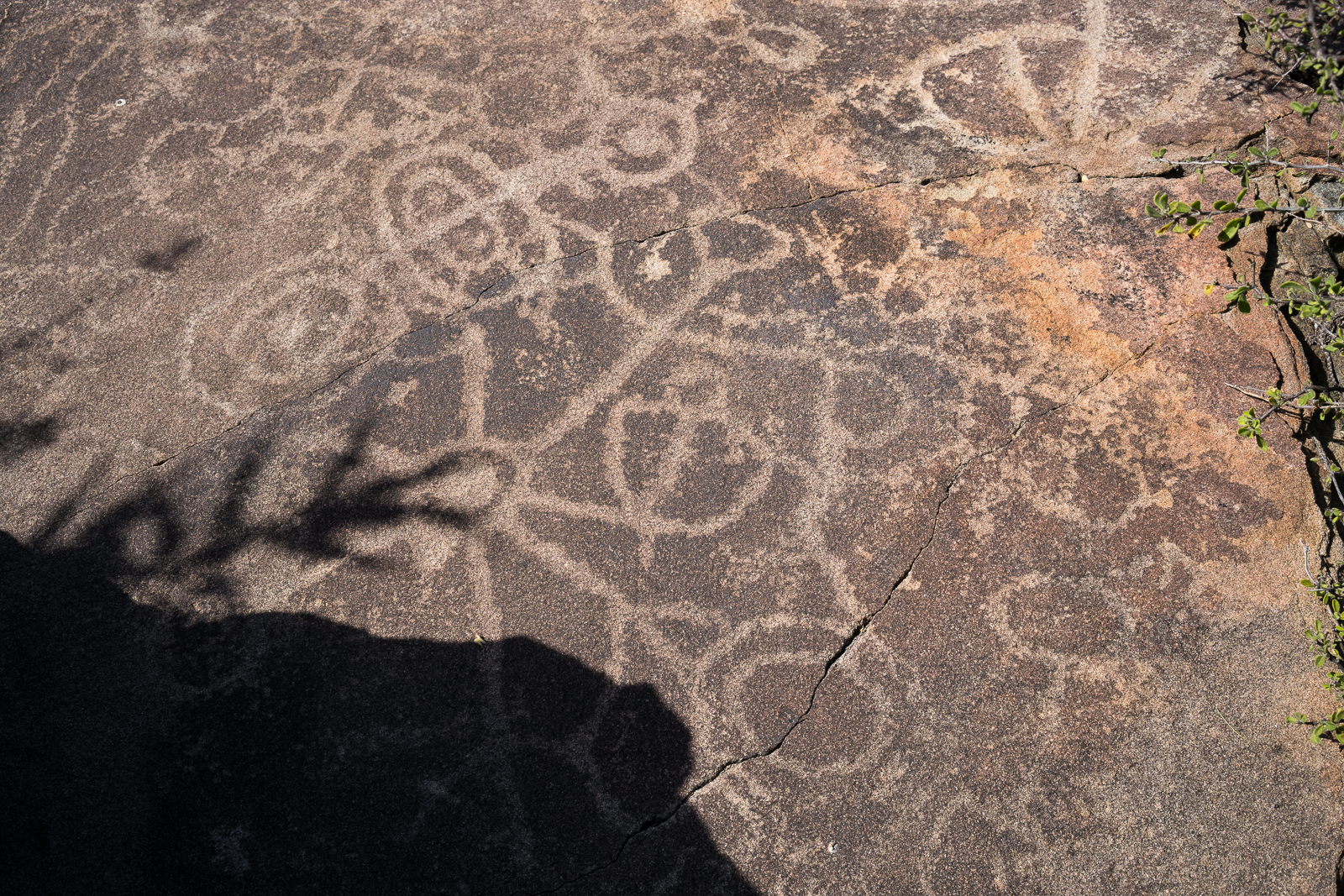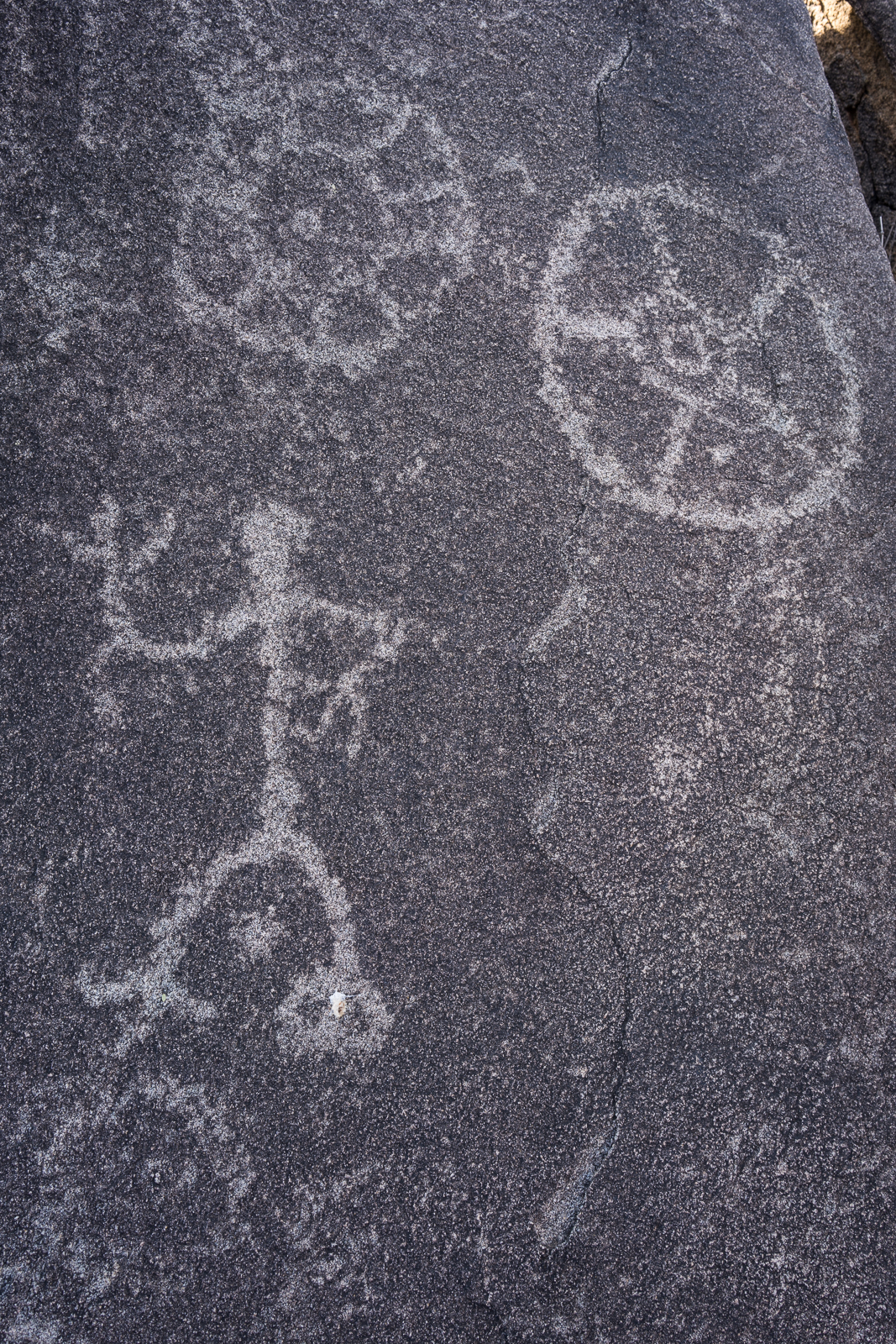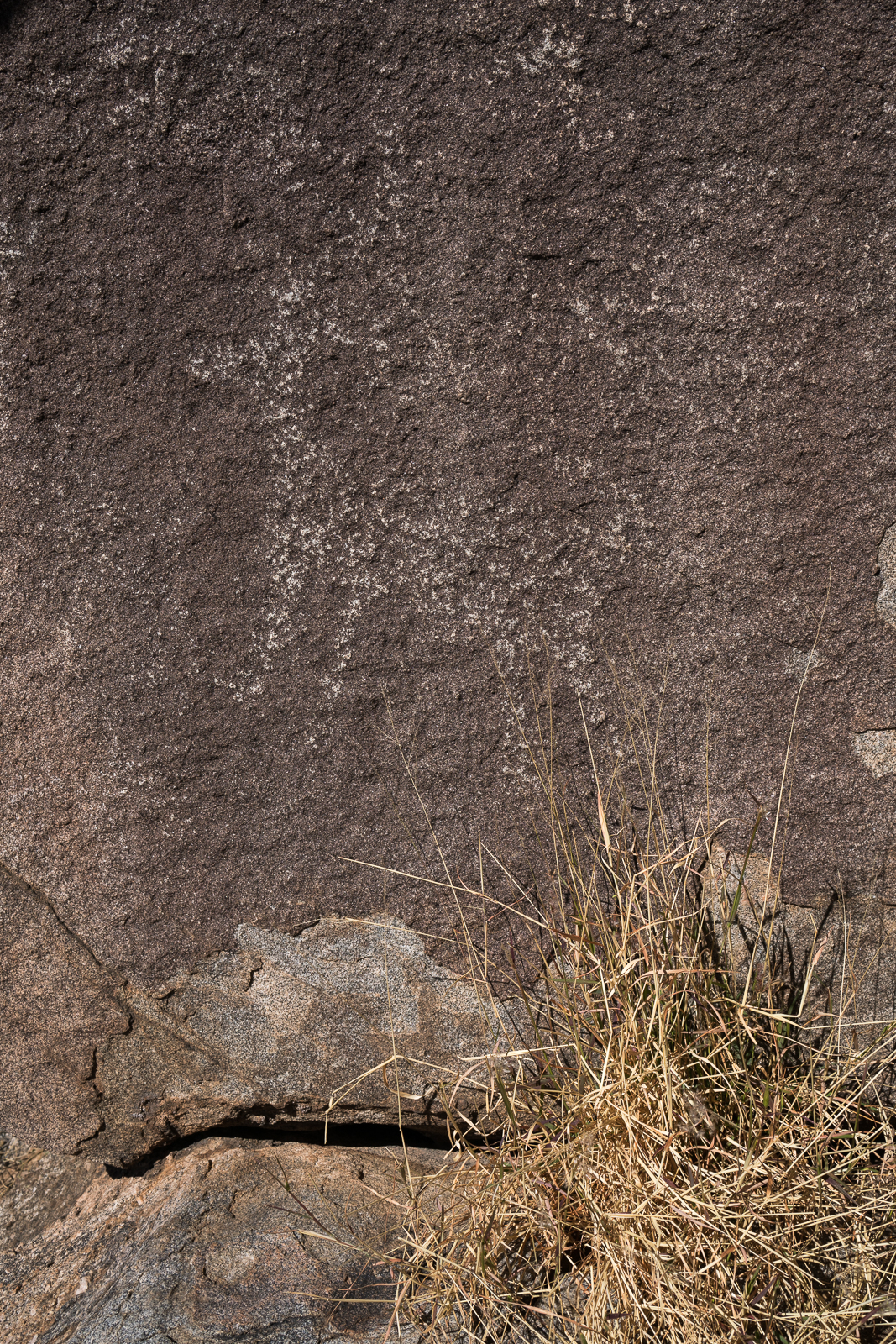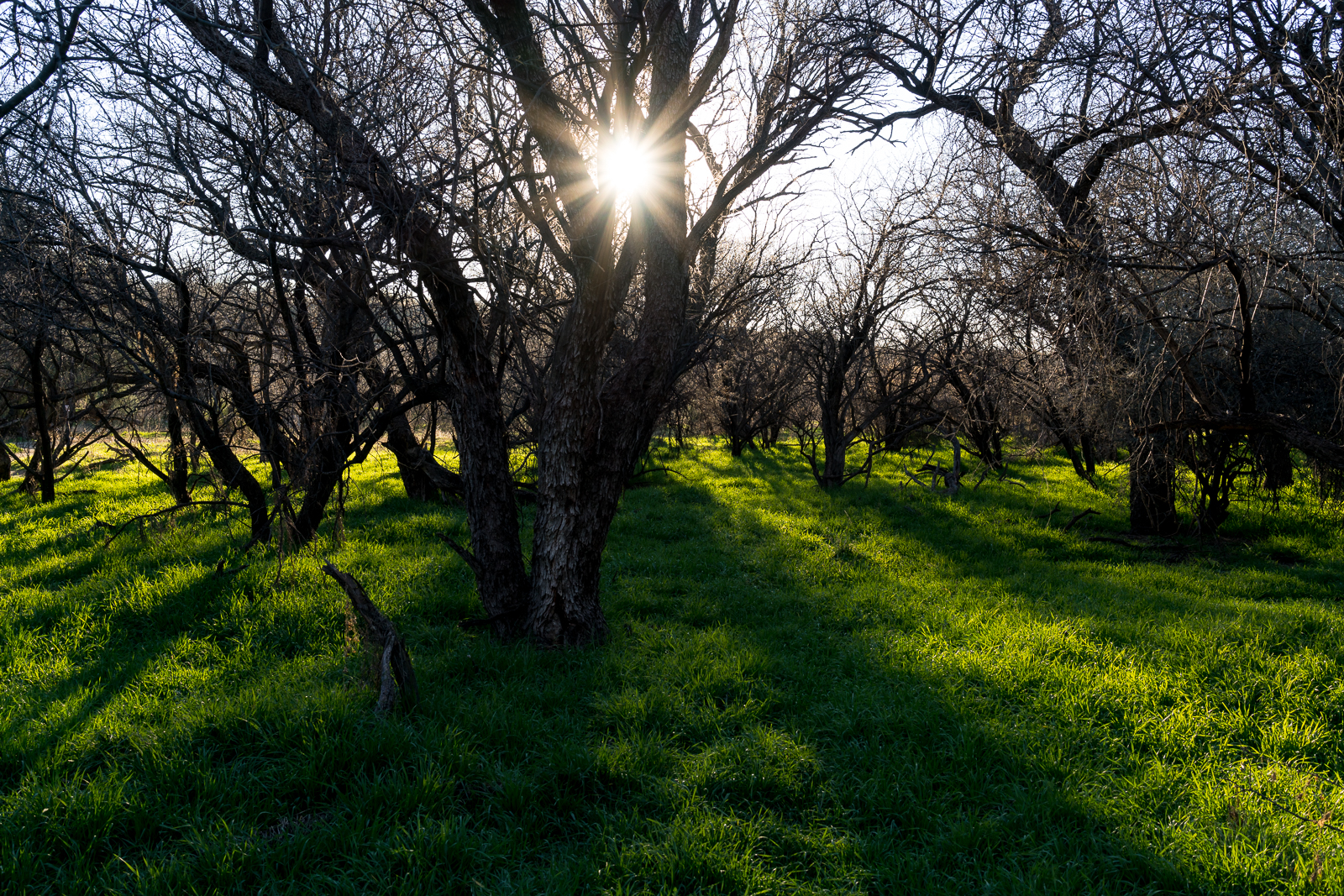


We hiked, slowly and with pauses for pictures, out passed the dam and to the lake, under the stars and clouds – it was a beautiful night and as our friend Mindi wrote “I can’t even describe how much fun it is to go sit in the dark with your camera!”



We hiked, slowly and with pauses for pictures, out passed the dam and to the lake, under the stars and clouds – it was a beautiful night and as our friend Mindi wrote “I can’t even describe how much fun it is to go sit in the dark with your camera!”
The Sutherland Wash Rock Art District was added to the National Register of Historic Places in 1993. Located in and around Sutherland Wash the area holds an incredible number of Hohokam petroglyphs. Ceramics and artifacts found in the area indicate that it was inhabited by the Hohokam between 1000 A.D and 1300 A.D. The water in the area would certainly have been an attraction and researchers have identified probable prehistoric trails both to the top of the Santa Catalina Mountains and to nearby locations such as Romo Peak pass thru this area. (The Romo Cache was found on Romo Peak and contains 100,000 beads and a number of copper bells) .

In Flower World Imagery in Petroglyphs: Hints of Hohokam Cosmology on the Landscape by Janine Hernbrode and Peter Boyle the petroglyph above is identified as a flower – from a BorderLore post:
There are more than 600 petroglyph panels in the district, including many representations of flowers, butterflies and birds. Such imagery is characteristic of a spiritual landscape known as the Flower World. In this Uto-Aztecan belief system of ancient Mesoamerican origin, believers evoked a flowery, colorful, glittering paradise through prayers, songs, and other actions. The likelihood of this connection is strengthened by the discovery of Mesoamerican copper bells at Honey Bee Village (a nearby Hohokam settlement) and in a cache of Hohokam artifacts found near the rock art district.


Gender in Hohokam Imagery and Landscape: Sutherland Wash Rock Art District, Coronado National Forest, Arizona by Janine Hernbrode and Peter Boyle examines gender in the Sutherland Wash Rock Art District – out of the 419 anthropomorphs at the site 64 male and 65 female figures were identified – the image above clearly matches the female characteristics described in the paper.

Even more common than the anthropomorphic petroglyphs at the site are representations of animals – it is difficult to tell what animal is represented above, but interesting to dream about what people were seeing in this area 1,000 years ago…

Close to the highway, not notably long or strenuous and without a dramatic ending the Babad Do'ag Trail is sometimes overlooked – but the short ridge before the end of the trail is a fun section of trail, the sunsets are great and with a bit of extra work and skill there are several off-trail destinations in easy reach – the highpoint just above the end of the trail, Point 4780 east of the trail and the cross-country journey over to Soldier Trail to name a few – certainly all worthy small adventures!



The Catalina Comet was featured on NASA’s Astronomy Picture of the Day – the picture was taken by Fritz Helmut Hemmerich who has more beautiful shots of the comet on flickr. The information with the picture notes that “Comet Catalina is now outbound from the inner Solar System and will slowly fade in coming months.” The Catalina Comet was discovered by – and named for – the Catalina Sky Survey.
Wildflowers blooming in desert canyons — in midwinter – Arizona Daily Star: A great call out for the flowers that are appearing around the Santa Catalina Mountains! Lucky rain and weather this year…
Recent Santa Catalina Bighorn Videos – there are five new short videos of Bighorns in the Santa Catalina Mountains on YouTube and currently linked on the Friends of Santa Catalina Bighorn Sheep Facebook Page – a nice contrast to the deaths in recent months!
I recently found the blog Contributing to the Problem – there are several great posts linked on the Hiking in the Santa Catalina Mountains page – I particularly enjoyed Molino Thimble and Airmen Peak that includes a short description of climbing the ‘Molino Thumb’ (southwest of Airmen Peak and labeled ‘The Thumb’ in the Molino Canyon Overview of Bob Kerry’s Backcountry Rockclimbing in Southern Arizona) and references the Airmen Peak page on this site.



Having taken several trips to Honeybee Canyon Park in the past few months I was looking for a little more information about the area and came across Rock Art, Ranch, and Residence: Cultural Resources in the Town of Oro Valley and Its Planning Area. This document was developed by William Self Associates for Oro Valley and completed in 2010.
The document covers the history of the Oro Valley area from the Paleoindian Period (10,000+ years ago) into the 20th century – some of the included information: Hohokam ruins such as Honey Bee Village and Sleeping Snake Village, early land claims in the area, notable 20th century architecture including the Countess of Suffolk’s Forest Lodge and information about later development in the area. While most of the information is fairly brief the broad overview was very interesting to read.
One of the details that I enjoyed was seeing the General Land Office maps of the Oro Valley Area. The General Land Office was created in 1812 and oversaw the survey, platting and sale of public land – including land in present day Oro Valley. The Oro Valley records are from the beginning of the 20th century when the area began to see a steady stream of homesteaders entering the area – Rock Art, Ranch, and Residence asserts that:
The relatively late beginning for the settlement along the Canada del Oro can be attributed in large part to a continuing perception of the area as dangerous: it was still considered a place too far from Tuscon and too close to the usual range of the Apaches. (p. 60)
The Bureau of Land Management makes many General Land Office Records, dating back to 1810, available online. The map below, from 1902, shows Pusch and Zellweger’s Steam Pump Ranch (which you can still visit today) – labeled Pusch Ranch – and another ranch – ‘Mexican Ranch’ – that was probably owned by the Marin family and later patented by Francisco Marin. The roads on the map are a reasonable match for modern roads – the early version of Oracle Road is especially easy to recognize!
